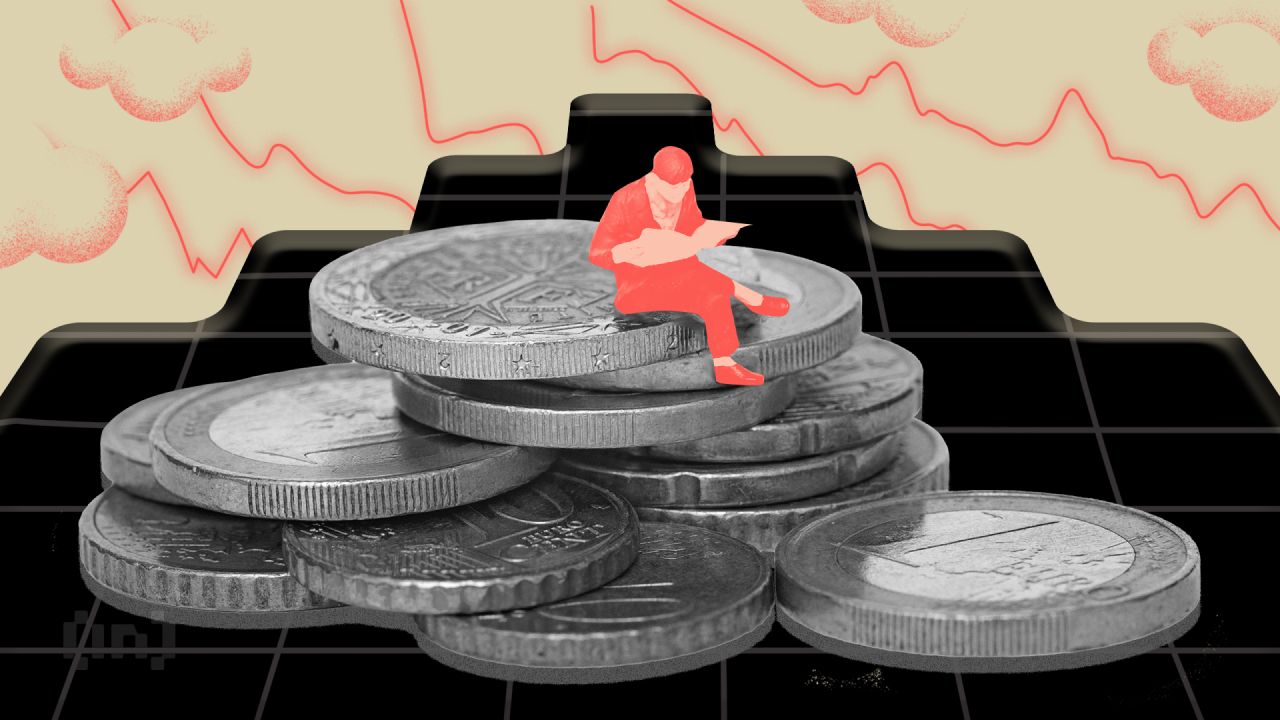The cryptocurrency market, known for its volatility, is facing a new challenge: high staking inflation rates.
This phenomenon is particularly evident for many Proof-of-Stake (PoS) altcoins, raising concerns about the long-term viability and value of these digital assets.
Altcoins with the highest staking inflation rate
With a staggering inflation rate of 36.85% and a staked market cap of $10.54 billion, Sui clearly demonstrates the precariousness of this situation. Although the reward rate is low at 4.56%, it threatens the stability of the coin’s value.
Likewise, Evmos, which boasts a massive staking market cap of $25.82 million, suffers from an inflation rate of 24.19%. The staking reward rate is a whopping 34.13%, so the impact of this inflation rate cannot be ignored.
Sentinel, Umee, and Comdex also have smaller market capitalizations but are struggling with inflation exceeding 20%. Undoubtedly, the numbers paint a picture of a market sector in a state of tension, with the potential devaluation of these digital currencies overshadowing the traditional appeal of high-value rewards.
Read more: Cryptocurrency Staking: How to Stake Coins and Increase Your Income
Here is a list of altcoins with the highest staking inflation rates:
| Legacy | Staking market capitalization | Staked Tokens | active validator | inflation rate | compensation rate |
| Sui (SUI) | 10.54B | 8.23B | 106 | 36.85% | 4.56% |
| EVMOS | 25.82M | 235.6M | 146 | 24.19% | 34.13% |
| Sentinel (DVPN) | 30.2M | 19.26B | 80 | 23.20% | 18.90% |
| UMEE | 24.24M | 5.15B | 100 | 21.80% | 18.40% |
| Comdex (CMDX) | 8.33 million | 115.67M | 84 | 20.74% | 29.62% |
How Staking Inflation Affects Cryptocurrency
Inflation in the context of cryptocurrency functions similarly to inflation in traditional economies. Essentially, as the circulating supply of an altcoin increases, its individual value may decline, assuming demand remains stagnant. This inflation represents a dilution of value for investors and holders of the altcoin in question. As more tokens are in circulation, the percentage of total supply held by each investor decreases, unless they participate in ongoing staking.
Moreover, the temptation to sell staking rewards for immediate profits can increase selling pressure in the market, potentially driving prices down. High staking rewards may initially attract investors seeking profitable returns, but the sustainability of such strategies is questionable. Excessive inflation can therefore erode investor confidence, leading to reduced demand and subsequent price declines.
For example, due to high inflation, the price of Axie Infinity’s Smooth Love Potion (SLP) still remains 98% below its all-time high. Despite the overall cryptocurrency market rally since the fourth quarter of 2023, the token has failed to recover significantly.
“SLP was a terrible P2E play because it was highly inflationary,” said a cryptocurrency researcher who goes by the pseudonym Astro. said.
The impact of inflation also affects network security in proof-of-stake systems. In fact, high rewards can encourage more stakeholders to participate in network verification, thereby strengthening security. However, excessively high inflation rates may discourage long-term holding, potentially reducing active participation in network validation.
Read more: Top 4 Cryptocurrency Passive Income Ideas That Really Work in 2024
The issue of inflation is especially important in the cryptocurrency market due to the potential for centralization. This is because the decentralized spirit of these digital currencies is at risk if inflation disproportionately benefits larger stakeholders, potentially consolidating power in the hands of a few.
High staking inflation rates may not be an immediate death sentence for altcoins like Sui, Evmos, Sentinel, Umee, and Comdex, but they pose serious problems.
disclaimer
In accordance with Trust Project guidelines, this price analysis article is provided for informational purposes only and should not be considered financial or investment advice. BeInCrypto is committed to accurate and unbiased reporting, but market conditions may change without notice. Always do your own research and consult with a professional before making any financial decisions. Our Terms of Use, Privacy Policy and Disclaimer have been updated.

